#Detective Myatt
Photo



Some pikamatt art to celebrate scarlet and violet coming out tomorrow, featuring a wild Tom Fawkes!
#AH#Matt Bragg#Tom Fawkes#Detective Myatt#Also I wanna get back to doing stuff for this au#I have some ideas but they need a little more work before I can start#Also I'm about to get absolutely sucked into new pokemon for the next week minimum
43 notes
·
View notes
Text
The art world is full of reproductions. Some are plain replicas, for example the Mona Lisa. Others are fakes or forgeries, like the “Vermeers” painted by Han van Meegeren that sold for $60 million (Kreuger and van Meegeren 2010). The distinction between a replica and a fake is based on the concept of authenticity. Is this artefact what it claims to be?Footnote1 The answer seems simple but, in reality, things are complicated. Today, the paintings of the forger John Myatt are so famous that they are valued at up to $40,000 each, as “genuine fakes” (Furlong 1986). They are not what they say they are, but they are authentically painted by him and not by another forger. And they are beautiful. A bit as if one were to utter a beautiful lie, not any ordinary lie. And an artist like Magritte seems to have painted not only false Picassos and Renoirs during the Nazi occupation of Belgium (Mariën 1983), but also faked his own work, so to speak, in the famous case of the two copies of the painting “The Flavour of Tears” (1948), both by Magritte, but one of which he passed off as false—partly as a surrealist act and partly to make money. In this mess, and as if things were not confusing enough, digital technologies further reshuffle what is possible and our understanding of it.
Thanks to digital technologies, today it is much easier to establish the authenticity of a work. There are databases where you can check authors’ signatures, and millions of images that can be viewed with a few clicks. Selling a fake is more difficult. Figure 1 shows a reproduction of the “Lodge on Lake Como” by Carl Frederik Peder Aagaard (1833–1895), a Danish landscape painter and decorative artist. It was on sale in 2016 on eBay. The painting is very popular on the web, and there are plenty of good replicas. Nothing wrong with them. However, if you check Fig. 1 carefully, you will notice that this is sold as an unsigned “original”, which is misleading to say the least. Both the quality of the painting and the price are suspicious, and a Google image search quickly reveals that this is a mere replica. At the time of writing, the painting was no longer available and the seller did not seem to be active on eBay anymore.
Of course, fakes are not always reproductions; they can also be “new works” by a famous artist, like Pollock or Van Gogh. In this case, sophisticated scientific techniques to establish authenticity include tests run using AI. A research paper, published last November by Ahmed Elgammal, Yan Kang and Milko Den Leeuw (Elgammal et al. 2017) proposed “a computational approach for analysis of strokes in line drawings by artists”, based on neural networks. The training collection consisted of a dataset of 300 digitised drawings with over 80,000 strokes, by Pablo Picasso, Henry Matisse and Egon Schiele, and a few works by other artists. By segmenting individual strokes, the system learned to quantify the characteristics of individual strokes in drawings, thus identifying the unique properties for each artist. The software managed to classify “individual strokes with accuracy 70%-90%, and aggregate over drawings with accuracy above 80%, while being robust to be deceived by fakes (with accuracy 100% for detecting fakes in most settings)”. It turns out that the way in which individuals draw lines is as unique as their fingerprints or their gait, and AI can help one to discover it, as if it were a microscope.
But AI is not just for identifying fakes. Let us stay in the Netherlands, a very interesting projectFootnote2 by Microsoft, in collaboration with the Rembrandt House Museum, has led to the creation of a portrait of a gentleman, which both is and is not a Rembrandt (see Fig. 2).
Analysing the known works of Rembrandt, an algorithm identified the most common subject (a portrait of a Caucasian man, 30–40 years old), the most common traits (facial hair, facing to the right, wearing a hat, a collar and dark clothing, etc.), the most suitable style to reproduce these characterising properties, the brushstrokes, in short, all the information needed to produce a new painting by Rembrandt. Having created it, it was reproduced using a 3D printer, to ensure that the depth and layering of the colour would be as close as possible to Rembrandt’s style and way of painting. The result is a masterpiece. A Rembrandt that Rembrandt never painted, but which challenges our concepts of “authenticity” and “originality”, given the painting’s strong link with Rembrandt himself. I do not know the value of the painting. My bet is that it would be quite expensive if it were auctioned as reliably authenticated as that unique Microsoft’s Rembrandt.
We do not have a word to define an artefact such as Microsoft’s Rembrandt. So let me suggest ectype. The word comes from Greek and it has a subtle meaning that is quite useful here: an ectype is a copy, yet not any copy, but rather a copy that has a special relation with its source (the origin of its creation), the archetype. In particular, an ectype is the impression left by a seal. It is not the real thing, but it is clearly linked in a significant, authentic way with the real thing itself. Locke used “ectypes” to refer to ideas or impressions that correspond, although somewhat inadequately, to some external realities (the archetypes) to which they refer (Locke 2008). Digital technologies are able to separate the archetypal source—what was in the mind of the artist, for example—from the process (style, method, procedure) that leads from the source to the artefact (Floridi 2017). Once this link is severed, one can have ectypes that are “authentic” in style and content, but not “original”, in terms of archetypal source, like Microsoft’s Rembrandt. But one can also have ectypes that are “original” in terms of archetypal source (they do come from where they purport to come) yet not “authentic” in terms of production, performance, or method (they are not the ones used by the source to deliver the artefact). In other words, ectypes can be authentic but unoriginal artefacts, like Microsoft’s Rembrandt, or inauthentic but original artefacts. A great example of an inauthentic original ectype was provided in March by an audio recording of John F. Kennedy’s last speech. Despite being an ordinary speech from a decades-old campaign trail, it suddenly made headline news. Because it was the Dallas Trade Mart speech of 22 November 1963, the text that JFK would have read, had he not been assassinated mere moments before, on his way to deliver it. The text is original: it comes from the source. But the voice that recites is inauthentic, because it was synthesised by software that analysed 831 recordings of Kennedy’s speeches and interviews, in order to “learn” how to speak like him. The software finally gave voice to JFK’s last speech 55 years late. So here is a Kennedy who is and is not a Kennedy, similar and yet different from the Rembrandt that is and is not a Rembrandt. They are both ectypes (see Table 1).
We saw that the production of ectypes does not stop at the work of art, but involves any artefact, from texts to photos, from audio recordings to videos. It is well known that the history of manuscripts, printing, photography, cinema and television is paved with fakes. Expect more ectypes too. In particular, artists love to break boundaries and it is easy to imagine that, like Magritte faking his own painting, they will start producing their own ectypes. Imagine a painter using the software developed by Microsoft to produce her own new works. It would still be an ectype, and this would explain why (with qualifications) the process would capture some authenticity. The reproduction of the work of art by mechanical means will have acquired a new meaning (Benjamin 2008).
With ectypes, we usually know where things stand. But someone could cheat. Last May, Google presented Google Duplex, a version of its AI assistant that simulates being human to help users with simple interactive tasks, like booking a restaurant table. The company was quick to state that it will not intentionally mislead anyone, and that it will make sure always to clarify when a user is interacting with an artificial agent. But someone else could use these technologies for criminal or evil purposes. This is what happens with Deepfake, a set of techniques used to synthesise new visual products, for example by replacing faces in the originals. The typical cases involve porn movies in which the faces of famous actresses like Gal Gadot or Scarlett Johansson (this is regularly about women’s faces) are used to replace the original faces. In this case too, large databases are needed to instruct the software (which is available for free, and there is also an app), so if you are not a public figure the risks are lower. Deepfake also concerns politicians, like President Obama, for example.
What is the future ahead of us? Digital technologies seem to undermine our confidence in the original, genuine, authentic nature of what we see and hear. But what the digital breaks it can also repair, not unlike the endless struggle between software virus and antivirus. In our case, in addition to educating people, acquiring new sensitivities and having the right legal framework, there are at least a couple of interesting digital strategies. For artefacts that are already available, it is easy to imagine AI systems that give us a hand. It would be interesting to analyse Microsoft’s Rembrandt and Kennedy’s speech with an artificial system to see whether it discovered them to be ectypes. Research is already available on methods to expose Deepfake videos generated with neural networks (Li et al. 2018). In short, let us remember the software developed to analyse drawings: there are plenty of sophisticated tools for detection of image forgery. And more are likely to be developed as the demand for them increases. Next, as regards new artefacts, because originality and authenticity are also a matter of provable historical continuity from the source to the product through the process of production, the much-vaunted blockchain, or a similar solution, could make a big difference. Blockchain is like a register that stores transactions in an accruable, safe, transparent and traceable way. As a secure and distributed register of transactions, blockchain is being explored as a means of reliably certifying the origins and history of particular products: whether in terms of securing food supply chains, or in recording the many linked acts of creation and ownership that define the provenance of an artwork. In the future, we may adopt the same solution wherever there is a need to ensure (or establish) the originality and authenticity of some artefact, be it a written document, a photo, a video or a painting. And of course, a future artist may want to ensure, through a blockchain, that her work of art as an ectype is really what it says it is. At that point we shall have travelled full circle, for we shall have “genuine ectypes”, like the Microsoft’s Rembrandt, or Kennedy’s speech.
0 notes
Text
Cast of kindergarten cop

Cast of kindergarten cop series#
They identify Chrisp's ex-wife and Crisp starts a fire in the school in order to grab his son in the chaos, but he is seen. Crisp is freed from prison and immediately heads to Astoria, where he and his mother immediately begin looking for the child on the information from the informant. The case is dismissed because the prosecution has no other evidence. Meanwhile, back in California, Cindy dies after using spiked cocaine provided by Crisp's mother, Eleanor Crisp ( Carroll Baker). Joyce reveals that she never stole any of Crisp's money: it was a lie he told to incite the underworld to find her for him. O'Hara has been posing as Kimble's sister and agrees with his deductions.
Cast of kindergarten cop series#
In a series of conversations with the gradually more trusting Joyce, Kimble slowly deduces that she has to be Rachel Crisp and that Dominic is Crisp's son. Joyce, like many other of the students' mothers, is estranged from her husband, so that she will not speak of him. Kimble becomes fond of Dominic's mother, Joyce Palmieri ( Penelope Ann Miller), who also works at the school. One of Kimble's students is a boy named Dominic. In turn, Kimble begins to love his cover job and his young charges, to the point where he severely deals with a case of child abuse by assaulting the abusive father, finally winning Miss Schlowski's favor. Using his pet ferret as a class mascot, his police training as a model for structure of the classes, and positive reinforcement, he becomes a much-admired and cherished figure to the children. The school principal, Miss Schlowski ( Linda Hunt), is suspicious, but Kimble adapts progressively to his new status even though he has no formal teaching experience. Unfortunately, O'Hara, who is hypoglycemic, falls ill with a terrible case of stomach flu at the last moment, so Kimble takes the teacher's job. O'Hara is to act as the substitute teacher in the son's kindergarten class at Astoria Elementary School, while Kimble is to discover the identity of the mother. The detectives plan to offer her a deal to testify against Cullen in exchange for immunity. It is believed that Rachel stole millions of dollars from Crisp before fleeing. Kimble, accompanied by Detective Phoebe O'Hara ( Pamela Reed), a former teacher, go undercover in Astoria, Oregon, to find Crisp's ex-wife Rachel. However, the only witness, a drug-addicted girl named Cindy, the informant's girlfriend who was hidden at the time of the murder, is deemed too unreliable to put Crisp up for a permanent prison charge as she changes her mind about testifying, so Rachel Myatt has to be found and persuaded to testify. ĭetective John Kimble and O'Hara in the classroom (after she has recovered)Īfter years of pursuing drug dealer Cullen Crisp ( Richard Tyson), Los Angeles Police Detective John Kimble ( Arnold Schwarzenegger) has him on a murder charge after Crisp shot and killed an informant who had given him information regarding the whereabouts of his ex-wife, Rachel Myatt Crisp, and his son Cullen Jr. Schwarzenegger received a salary of $12 million for the film. The original music score was composed by Randy Edelman. Pamela Reed plays his partner Phoebe O'Hara, and Penelope Ann Miller plays Joyce, the teacher who becomes Kimble's love interest. Schwarzenegger stars as John Kimble, a tough police detective, who must go undercover as a kindergarten teacher to catch drug dealer Cullen Crisp ( Richard Tyson), before Crisp can get to his ex-wife and son, while along the way he discovers his passion for teaching. Kindergarten Cop is a 1990 American comedy thriller film directed by Ivan Reitman and starring Arnold Schwarzenegger.

0 notes
Text
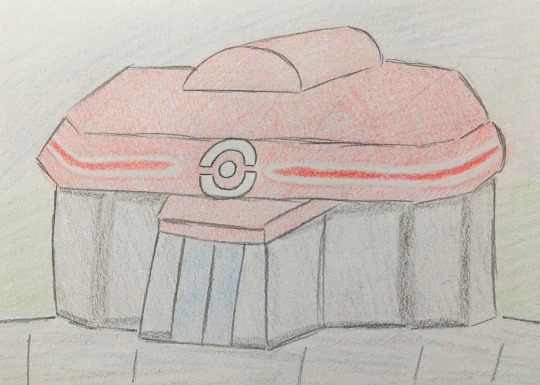
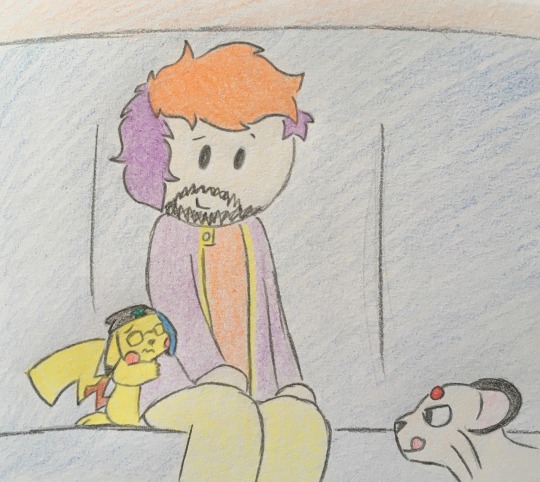
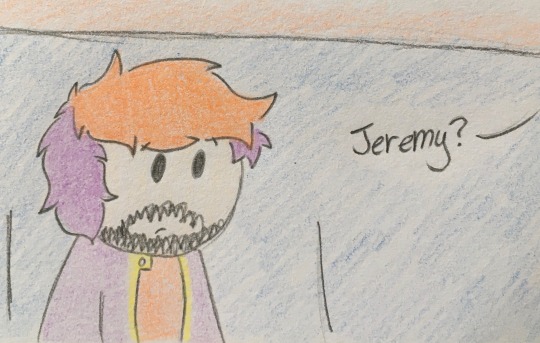
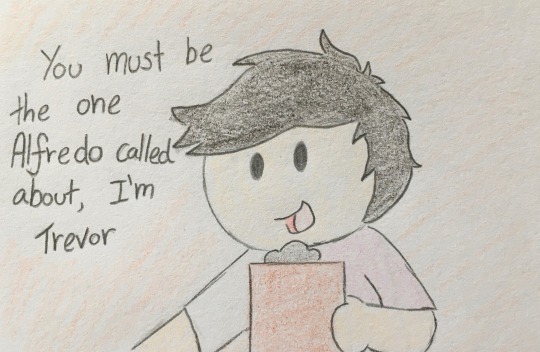



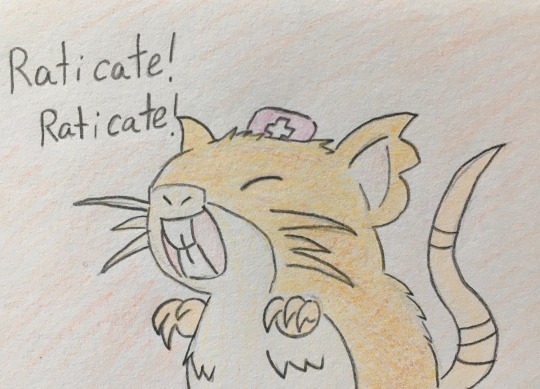
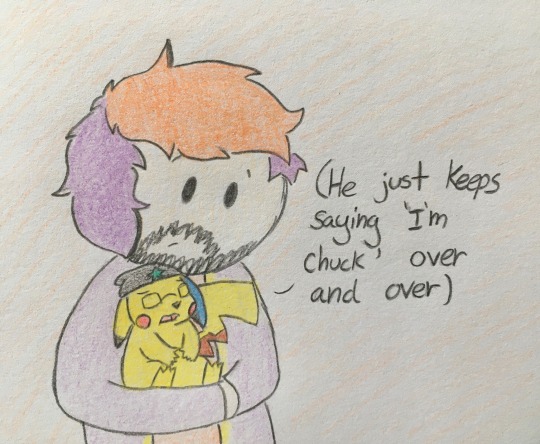
He’s Chuck!
#AH#Detective Myatt#Fahc#Fake AH Crew#He’s not wrong tho he is Chuck#I could not possibly resist a Chuck e Cheese reference now that Trevor’s here
207 notes
·
View notes
Photo

thinking about @detectivemyatt and how much i love the him
#matt bragg#matt bragg fanart#detective myatt#My Creations#this is my first fully body fur painting so im sorry if it looks odd
121 notes
·
View notes
Text
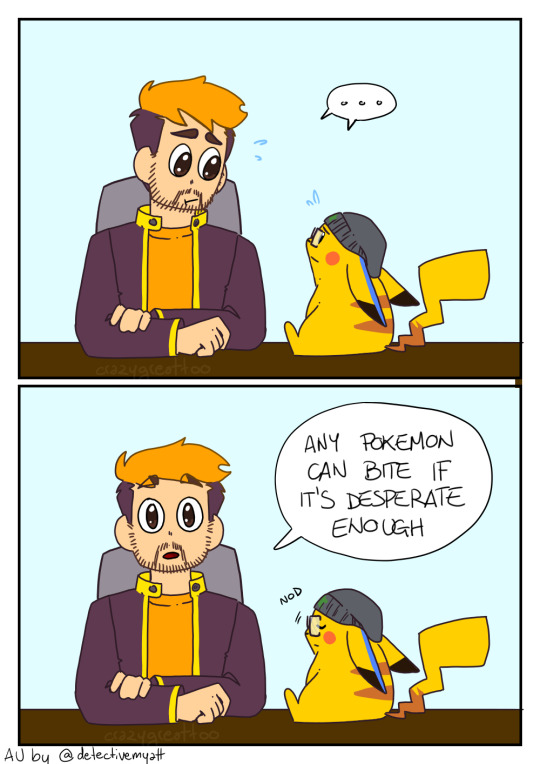
Redraw of two panels from @detectivemyatt because every pokemon with teeth should be able to use bite
Anyways go read the Detective Myatt au it's a very good comic
[Reblogs are better than likes, please reblog!]
#jeremy dooley#matt bragg#detective myatt au#my art#chonky pikachu is the only pikachu i can draw#achievement hunter#ah fanart
211 notes
·
View notes
Photo

“As soon as we get you healed I’ll release you, promise”
I wanted to redraw one of my favourite panels from @somegrumpynerd ‘s Detective Myatt AU ( @detectivemyatt )
His drawings are one of the cutest thing I’ve ever seen and they stop my heart every time I think about them (in the best way). THIS panel especially.
#I hope you don't mind the redraw!#Detective Myatt AU#Achievement Hunter#Matt Bragg#Jeremy Dooley#Let's pretend Dee can draw
113 notes
·
View notes
Photo

i’m lowkey obsessed with @somegrumpynerd‘s detective myatt au so here’s some detective myatt and jeremy!!! no background because i’m lazy and didn’t feel like doing anything too complicated re coloring with my markers
#detective myatt au#achievement hunter#fahc pokemon au#rimmy tim#got to use marker colors i don't usually use in order to color in rimmy tim so that was p cool#and also yes this is p much a screencap redraw taken off google images#just without the background and dramatic lighting so it's a lot less uh...emotionally impactful#whatever it was just nice to break out the good ol' sketchbook and markers again. it's been a hot second#my art
276 notes
·
View notes
Note
Obvious answer is the Jack mutual but you’re also the mutual who takes so many asks and makes gifs and art and reblogs so much stuff that you’re basically holding the whole fandom up and we don’t deserve you. Also mutuals I would like to give a hug to 💙
🤗 !
#tbh i see you as the matt mutual#because of the similar vibes you both have#+ your detective myatt au#somegrumpynerd#ask box 360#ask game
6 notes
·
View notes
Text

Yall are rlly behind on my art oop sorry i post on insta more...
Spicy ver in Twitter... Same handle
#jack blacksad#blacksad#game#detective#myatt#myart#fanart#furry#furrydrawing#furrynation#furry commissions
46 notes
·
View notes
Text
Sometimes I scroll through my queue for Reasons and apparently i sometimes hit some button which auto posts that I didn't even know existed
#so uh... in a couple days my entire queue is going to be detective myatt related#so theres that!#why am i like this truly someone tell me#ks gets personal#also the one and only post i did this with is the one i forgot to tag as queued or with the date#MAN DO I LOVE THE WAY I AM
0 notes
Photo
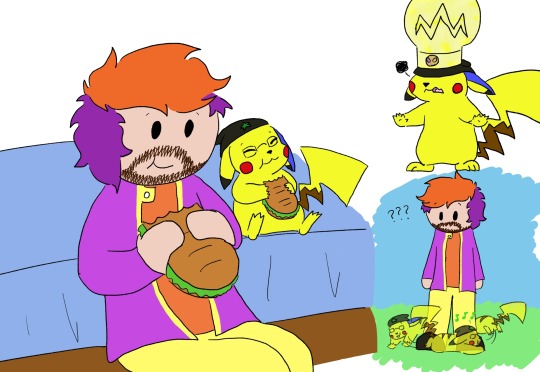
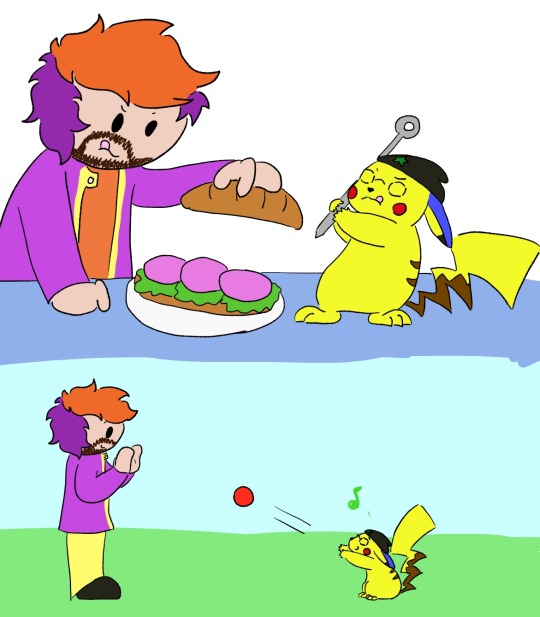
Thanks to the new features of scarlet and violet, Matt and Jeremy can now picnic
#Detective Myatt au#These are still fun to doodle while I try and figure out where to continue the comics#And also it helps me take a break from playing scarlet for like 18 hours straight#And in case you've watched Matt's streams of the game: no he's not allowed to help with sandwiches anymore#Jeremy will literally push him off the table he's a menace
50 notes
·
View notes
Text
I keep forgetting this wonderful thing that almost happened to the CW -well, UPN cause it was 2004- called 'Nikki & Nora'.
Long before Rizzoli & Isles, Nancy Lee Myatt (who was a producer on Living Single, wow) made a pilot about two female detectives who were partners and also partners. It starred Liz Vassey and Christina Cox, and you'll never believe it, but, Shemar Moore.
It was set in New Orleans.
The pilot was really good. I know that because it was leaked and put on YouTube and thank God for it cause it didn't get ordered to series.
But the pilot blew the fuck up on YouTube.
There was a short run produced either as a webseries or for Tello Films way back in 2014. I never did watch it. I'll have to find it. I'm sure it's available.
My elder millennial gays already know. I'm not talking to you. I'm talking to the kids (who also probably know cause they had clexacon panel).
22 notes
·
View notes
Text
the five six c’s for being a detective:
by myatt bragg, with help from jeremy dooley and trevor collins
1. clues
2. criminals
3. curiousness
4. colors (red = blood)
5. cunning cunnilingus
6. clues
111 notes
·
View notes
Text



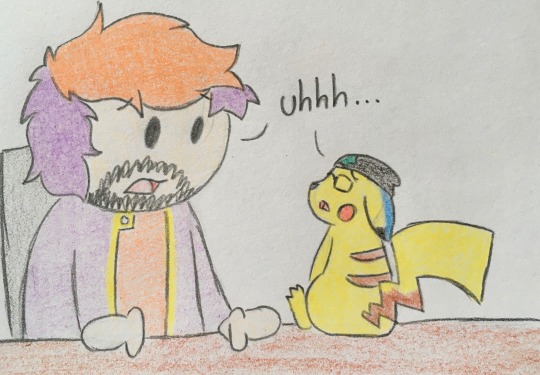
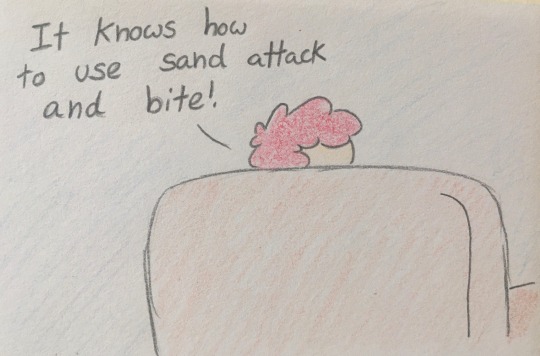

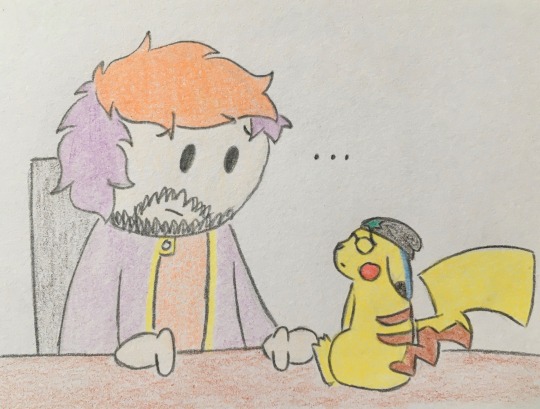

I mean, he’s not wrong
#AH#Detective Myatt#Fahc#Fake AH Crew#It doesn’t make it any less suspicious tho#Also shout out to Michael on the couch pretending he’s not listening in
189 notes
·
View notes
Photo

i got a new drawing tablet and the first thing i drew was matt from @detectivemyatt because of course i did
#my creations#detective myatt au#pikachu#achievement hunter#im still figuring out csp but im pretty proud of this#matt bragg
135 notes
·
View notes